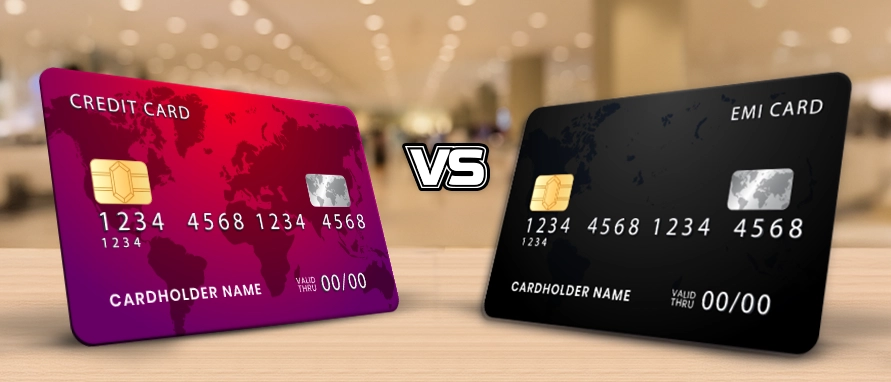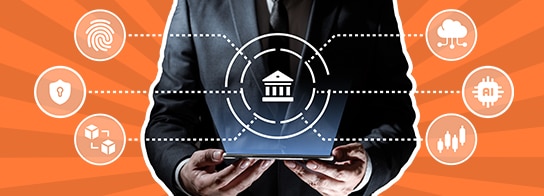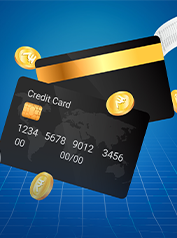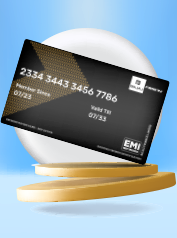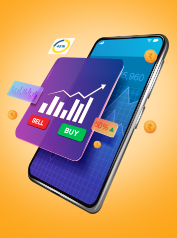The best way to determine which card type suits you best is to narrow down the different expenses they will be used to finance. Do you want a card for uninterrupted shopping sprees? Or, perhaps, you’re a connoisseur of good food and times? Based on your answers to those questions, choose between a credit card or an EMI card.
That said, another factor to consider is the payment experience. While both the cards offer the EMI option, they come with their terms and conditions. Let’s understand how they both work via the following two examples.
Example #1: Converting e-commerce transactions into credit card EMIs
Merchant EMI offers, available at stores and online portals, are based on tie-ups between manufacturers and credit card companies. Through this arrangement, interest rates are pre-determined without much consideration to whom they’re offered. Usually, customers are subject to the same interest rates without many exceptions.
The processing fees and interest rates are charged against the online price in this case. Based on this, customers can either convert the payment into affordable EMIs or complete the repayment during the next billing cycle.
Example #2: Converting payments into EMIs during the purchase
Unlike the previous option, EMI cards solely allow payments on an instalment basis. However, it gives users the flexibility to choose between short-and-long-term tenures. Depending on the feasibility of these tenures, cardholders can complete the purchase and repay the amount over a preferred tenure.
Certain EMI cards also offer customers no-cost EMIs that don’t impose any interest rate on the amount used.
The next time a situation arises that requires you to decide between credit cards or EMI cards, think carefully! While they serve similar purposes of providing access to funds, they couldn’t be more different. Credit cards are a lucrative option for individuals who want additional benefits like rewards, cash backs, and other bonus points. In contrast, EMI cards are a great alternative to credit cards if you plan to limit their use to financing purchases.
Whether you’re on team credit cards or team EMI cards, we have a simple solution for you. Visit Bajaj Markets and find out which of the two works best for you – apply for credit cards or an EMI card today!







